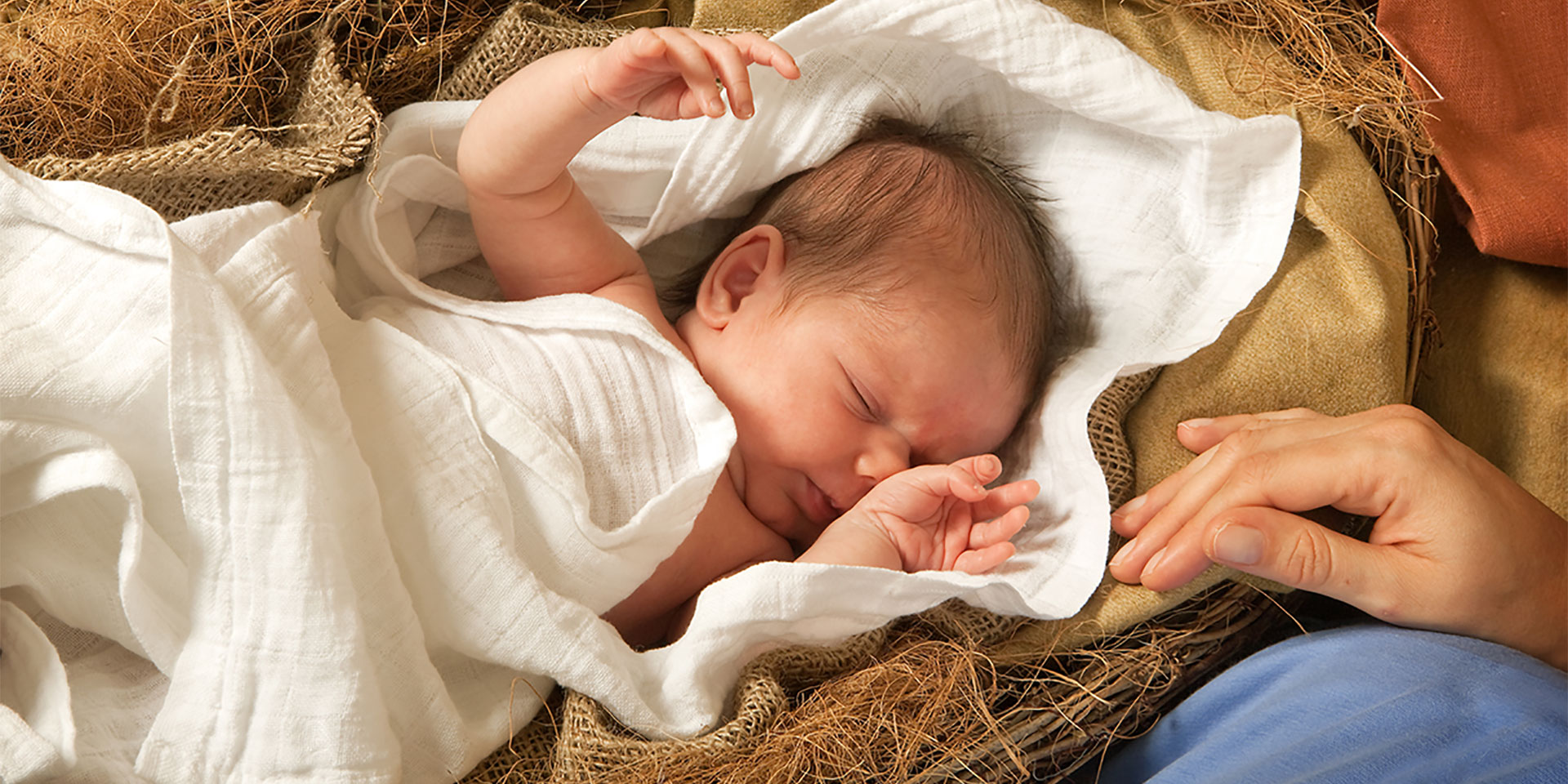It is said that the mental illness Friedrich Nietzsche suffered from for 11 years before he died was triggered by the philosopher witnessing a horse being whipped by its master. The cruel sight of suffering made Nietzsche run to the horse and wrap his arms around its neck to protect it. The great philosopher collapsed to the ground, and never recovered from the experience.
“Who is this? Who lives with the lowly?
Sharing their sorrows
Knowing their hunger?
This is Christ revealed to the world
In the eyes of a child, a child of the poor” – “Child of the Poor”, Christmas carol
Late 19th century medicine diagnosed Nietzsche with tertiary syphilis, but contemporary reviews of the diagnosis have categorised his suffering as a manic-depressive illness with psychotic episodes, followed by vascular dementia, brain cancer, or frontotemporal dementia. Be that as it may, the episode with the horse in Turin remained emblematic of the reaction of a cultivated mind to the avoidable and unnecessary pain of this earth.
Our inability to find an explanation for suffering is often the reason we come to believe that suffering is meaningless. Nietzsche defined nihilism in similar terms, which he described as the philosophy adopted by “a man who thinks the world as it is should not exist and the world as it should be does not exist. From this point of view, our existence (actions, suffering, willpower, feelings) is meaningless” (The Will to Power, section 585). But Christ’s incarnation crushes the nihilistic view of life.
Being born a human, God agreed to give up His argument from authority to defend His dream for mankind, in favour of an argument from compassion. When faced with God in the flesh, I cannot claim to be misunderstood, because this God lived like me. The Christ born to the humble family of Mary and Joseph is the only child who could choose his parents and circumstances. And, despite this, His choice was a poor family from a century where the comforts we find essential for a life above the subsistence line (running water, sewerage, electricity) did not exist.
Still, just as at Easter time we tend to focus on the physical suffering of the Saviour dying on the cross, at Christmas time we tend to focus on the physical discomfort of incarnation in the midst of poverty, and we forget the suffering into which Christ was born. With His innocent, godly eyes, and His heart harbouring eternal life, Christ had to see and fully feel the impact of dishonesty, the oppression of the righteous, the prosperity of the unrighteous, severe poverty, abuse, sickness, and the pain that characterized the human condition in His time, as it did in Adam and Eve’s time.
If an ordinary man’s soul is broken by the view of a hospital lobby, all the more is the heart of Christ, who was only ever surrounded by the sick and the helpless and who saw how His disciples would get stuck in ignorance and vices of the soul, like the Jews He sought to convict with glimpses of the Heavens He alone had seen.
Scripture generously provides reasons to believe Christ’s pain is not mere speculation. The evangelist John recounted how, right before performing the miracle that would bring upon Him the passions of his last days on earth, Christ shuddered and wept because of the suffering the people He loved went through. His friend Lazarus had died. When He first found out, Christ seemed undisturbed. On his way to Lazarus’ city, He was greeted by Martha, one of the sisters of the deceased, and Christ urged her to believe that “whoever lives by believing in me will never die”. However, when Mary, Lazarus’ second sister fell to His feet, crying, Christ looked at her and the Jews accompanying her and, John says, “was deeply moved in spirit and troubled”. Then, those who were present could see that “Jesus wept”.
Jesus’ cry and Nietzsche’s cry, from a distance, may seem similar. They both cried on account of suffering and its uselessness. Christ, however, saw this uselessness from both ends: He knew that suffering had not always existed, and He also knew that suffering would one day come to an end—and that, because of this, it is meaningful.
We could say that Christ’s incarnation, which allowed God to share in the pain of human beings, is an exhortation to “incarnation” for us as well; that is, an urge to face up to this life despite our inability to fully comprehend it. We do not know why this world is filled with so much suffering, but Christ, through His incarnation, tells us that He not only knows and understands how we feel, but He even puts Himself on the line for us, and assures us that things will not stay like this forever.
“I only believe the histories written with the blood of those who sacrificed themselves for their making,” Blaise Pascal said (Thoughts, 57). We already know that Christ gave His life so that we would believe Him when He tells us He loves us with an “everlasting love”. His incarnation is the supreme guarantee that love, as He promised, is the only way we can be saved and that, once this salvation is fulfilled, the world as it should be will exist. “Take heart! I have overcome the world!” are the words of the Saviour Himself. Let us therefore incarnate together with Him, driven by the confidence that, despite suffering, life is worth living.
It is our privilege as Christians to look into His eyes, “the eyes of a child born into a poor family,” and to let this look have the same seismic impact on our lives as the sight of that horse had for Nietzsche—but in a completely different direction.
Alina Kartman is a senior editor at ST Network and Semnele timpului.



















